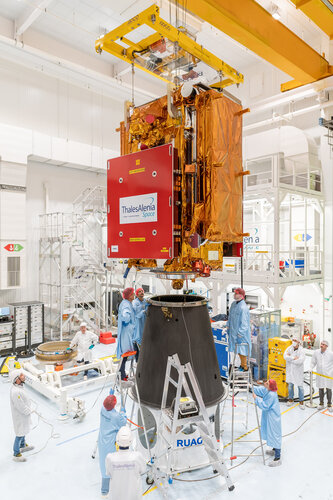
Meanwhile ESA’s Earth Return Orbiter (ERO) mission, within the Human and Robotic Exploration Directorate, is part of the multi-mission Mars Sample Return (MSR) campaign with NASA, planned to retrieve samples from Mars and bring them back to Earth. ERO will capture, contain and seal the Mars samples in orbit, previously collected from the NASA Perseverance Rover, then deliver them safely back to Earth.
A robust system engineering approach is needed to cope with the programmatic and technical challenges of developing a cross-agency campaign, with effective communication between multiple and complex mission elements, stakeholders and industry partners.
Accordingly MBSE methodology is being used to control the mission complexity and manage the large engineering team, where the baseline design may undergo several design loops and iterations at different levels.
Together with the industry prime, ESA has developed the MBSE Digital Integrated System model to capture all the system level design information. A centralised database replaces traditional document-based deliverables. This is used to maintain technical consistency, control and traceability of not just the system mass budgets, but also the mission requirements, operational analysis, and the functional and logical architecture.



